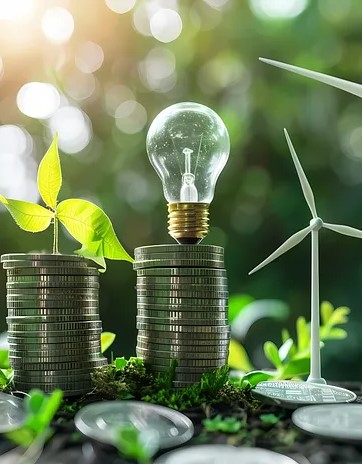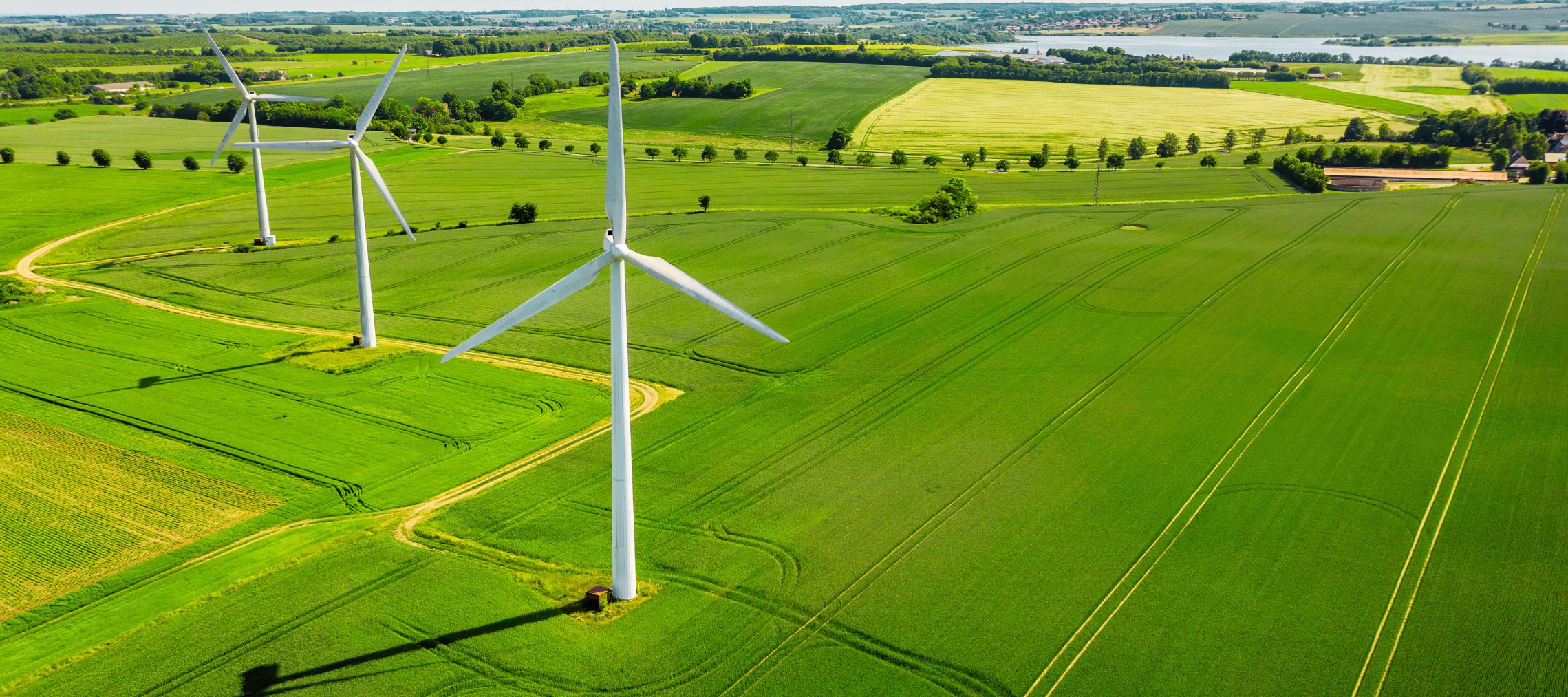India, the fifth largest economy in the world, is ambitiously striving to achieve a USD 5-trillion economy in the near future, positioning itself among the top three global economies. This has been possible due to the remarkable growth in India’s GDP over the past 18 years. As per NITI Aayog, India’s GDP increased from INR 42.6 lakh crore in the financial year (FY) 2006–07 to INR 295.4 lakh crore in FY 2023–24. During the same time, India’s energy demand also increased sharply from 6,24,495 million unit (MU) to 16,22,020 MU as per the Central Electricity Authority’s load generation balance reports.
The parallel growth in the economy and energy demand at the national and state levels has come at the cost of significant environmental impacts as a major proportion of India’s energy generation (55% of installed capacity in 2024) is from fossil fuels, contributing to increased greenhouse gas (GHG) emissions. On the other hand, in developed nations, growth in GDP and energy demand is independent of environmental effects owing to rising investments in renewable energy, nuclear generation, energy-efficient appliances, and enhanced transmission networks. Thus, India needs to adopt a holistic approach — by balancing the interconnected three Es: economy, energy, and environment — to support this growth sustainably.

Read more
